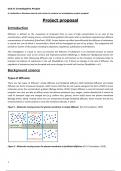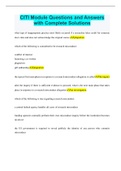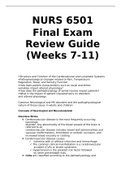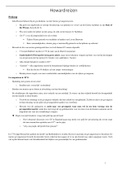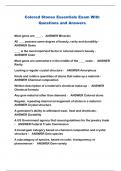Dissertation
BTEC Applied Science Unit 6A - Project proposal (Distinction)
- Cours
- Établissement
Exemplar assignment for Unit 6A, the first assignment in BTEC Applied Science Unit 6 (Investigative Project), which involves carrying out a literature review on the topic that you have chosen for your project. I chose to base my Unit 6 project on how concentration affects the rate of diffusion. Th...
[Montrer plus]
